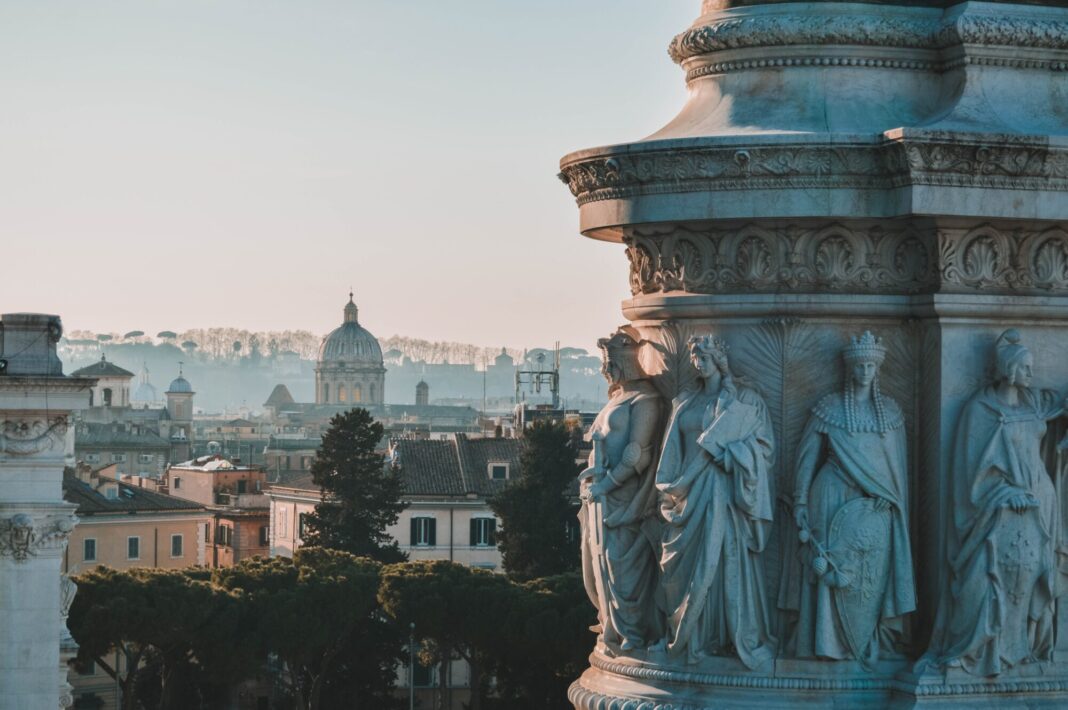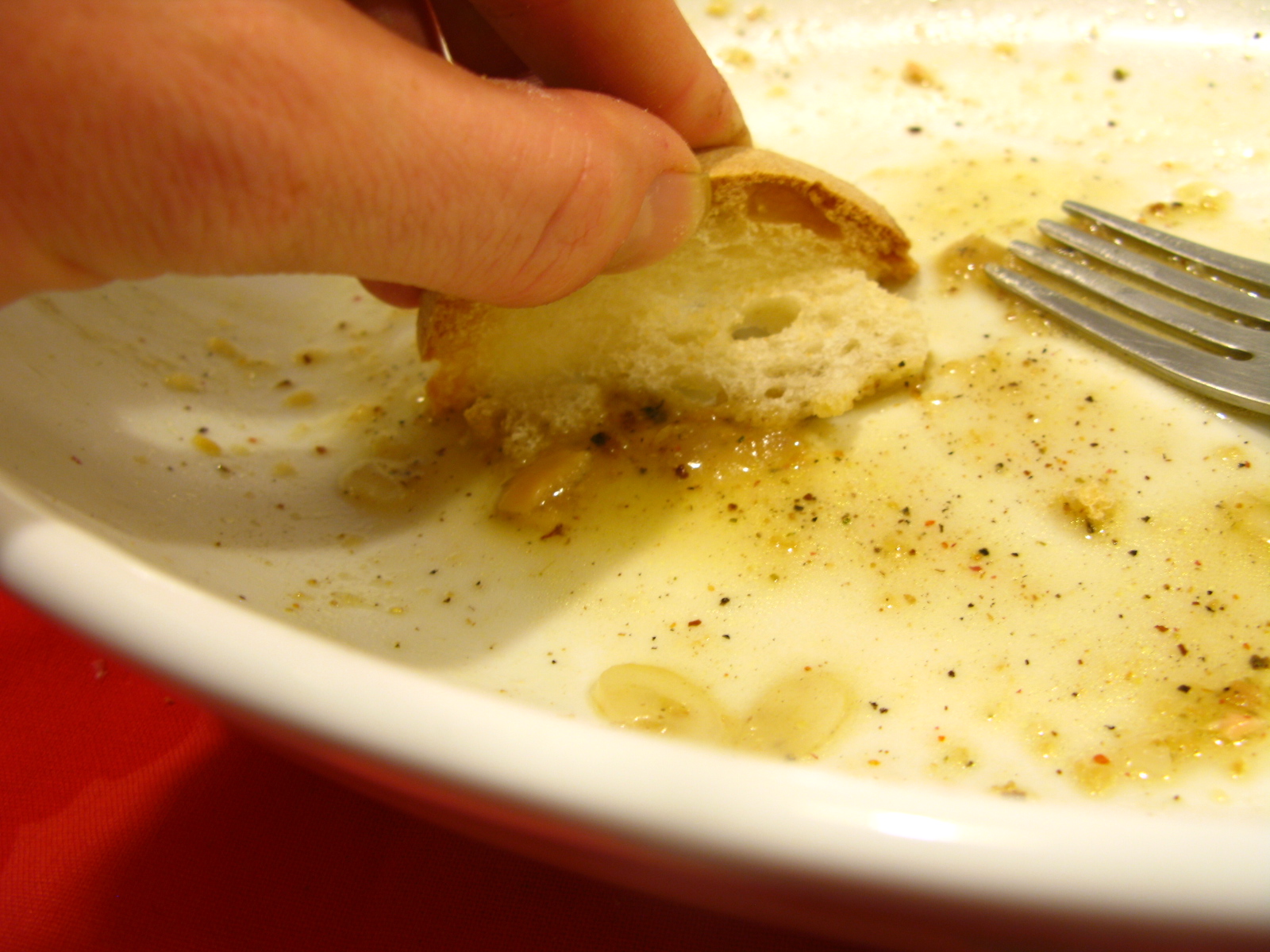Contents
I’m writing this article to write before lunch to get me up and going ready for the cooking extravaganza that I will make for lunch. Actually, I’m not going to go too crazy as I’m not really in the mood to cook too much, but what better way to start feeling that hunger creep up than writing about Italian food, and some of my favorite Italian food. The Roman Specialities, I mean Rome has in my opinion some of the best food in the country. Even though a lot of Italian food is the best according to me, but that doesn’t mean much, cause every time I go to Rome I consciously eat until I explode. Me personally, I’m a big pasta lover, and Rome is the land of pasta sauce, I mean almost all of the pasta dishes you love back home are of Roman descent. Let’s just think about the Pasta Alfredo. BAM ROME BABY.
Sorry, about that I get really excited about Roman pasta and Roman Specialities. It’s too good in my mind. Now just like I did for the Milanese Specialities I’m going to give you a faux menu, so when you go to a restaurant you’ll know what are the things you need to try. Also, don’t forget to go check out our post o Florentine Specialities, and you could catch a generic understanding of Italian Food divided per every region.
Roman Specialities with your Aperitivo
Supplì
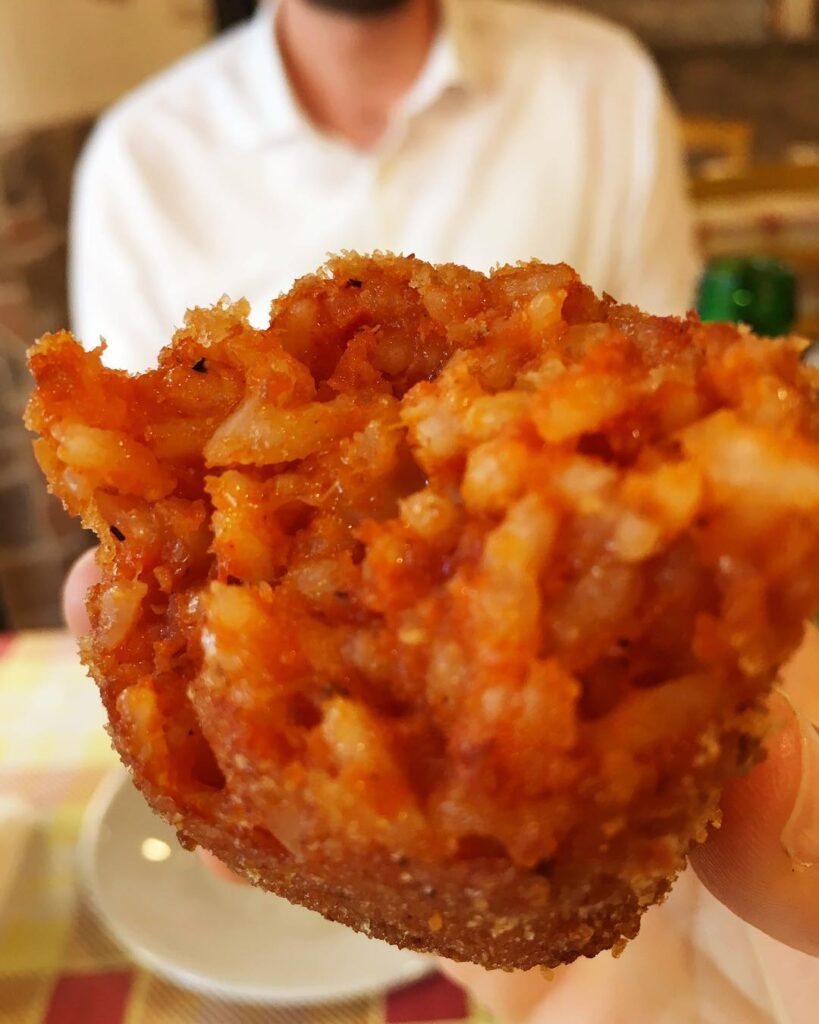
You like fried food? Well, the supplì is what you need to try, it’s very similar to the Sicilian Arancino. A fried rice ball filled with tomato sauce and mozzarella. They’re pretty small so they go great with your Aperitivo.
Pinsa Romana
It sounds like Pizza, and you might even just call it Pizza, but it ain’t. The Pinsa Romana is a focaccia style bread that is a bit crispier than the classic Neapolitan Pizza, and you can enjoy it with a variety of toppings. I mean it’s really amazing.
Porchetta di Ariccia
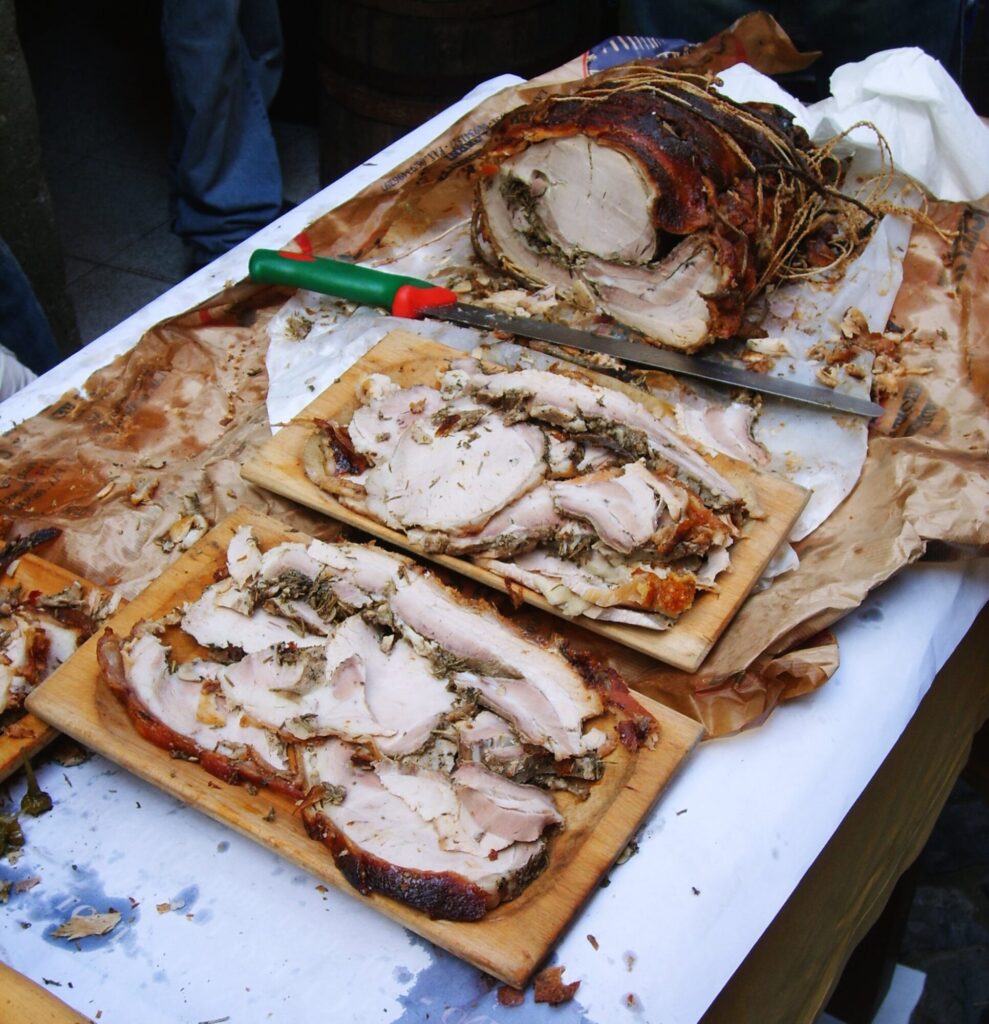
For those of you that never had Porchetta before, starting off with the Porchetta of Ariccia (a town located on the outskirts of Rome), will be the end to any other Porchetta. It’s one of the best ones on the market. Cooked ham with a variety of herbs that are the apotheosis of flavor.
Roman Specialities for your Main Course – Primi Piatti Romani
Carbonara
Oh God, nothing beats the Carbonara as my personal favorite Roman Pasta. As many of the pasta dishes you’ll read about, it comes from the Cucina Povera, the poor man’s kitchen. A protein bomb composed of eggs, bacon, black pepper, and Pecorino Romano. Many people enjoy it with Spaghetti, but personally, I’m more of a Rigatoni alla Carbonara kind of guy. OH and just in case you never noticed during your life on the internet, don’t put cream in a Carbonara….don’t.
Amatriciana
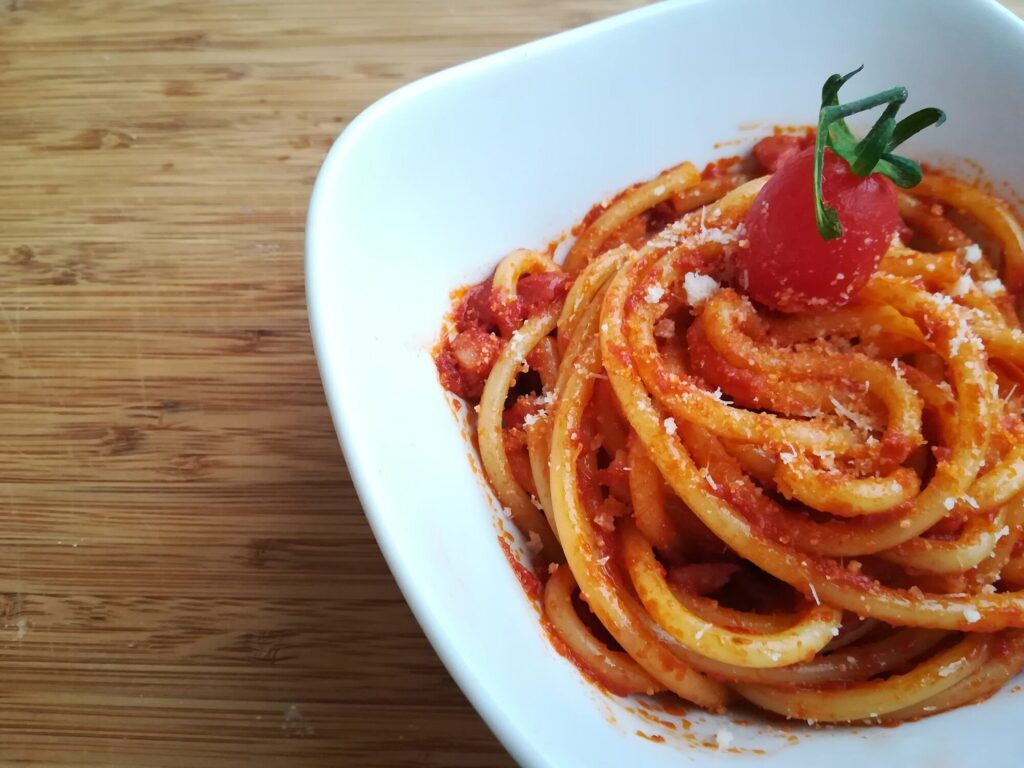
Similar to the Carbonara, with the main differences between the Amatriciana and the Carbonara being that this Roman specialty is a tomato based sauce and it doesn’t have eggs in it. You still get the bacon-y goodness and you need to have it with some Bucatini pasta.
Gricia
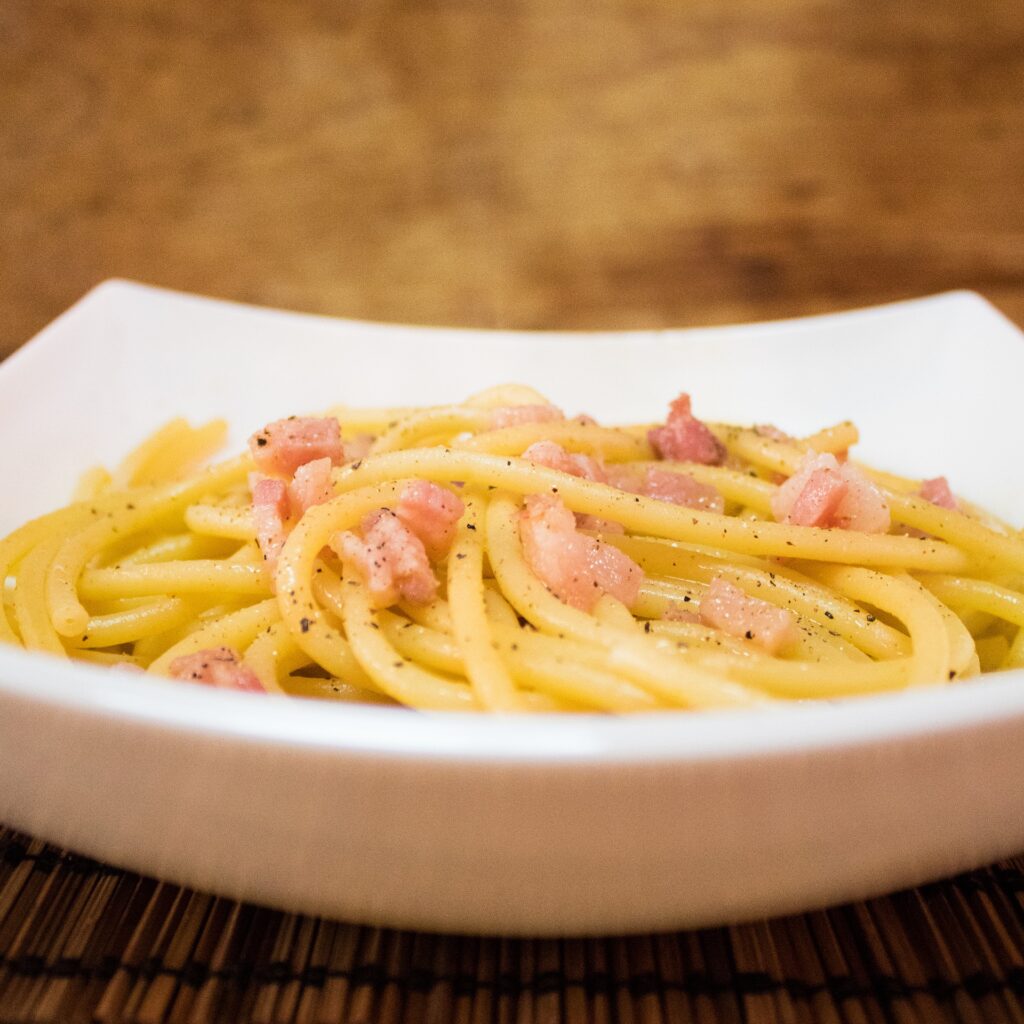
The bacon lovers pasta. The Gricia is literally the heart-stopper of pasta sauces, but it’s so worth it. Think about any fast food bacon explosion burger, take away all the burger ingredients, and add pasta, butter, and black pepper. Oh god, please tell me what is better than Bacon, Butter, Black Pepper, and Pecorino? Not much. Usually served with short pasta.
Cacio e Pepe
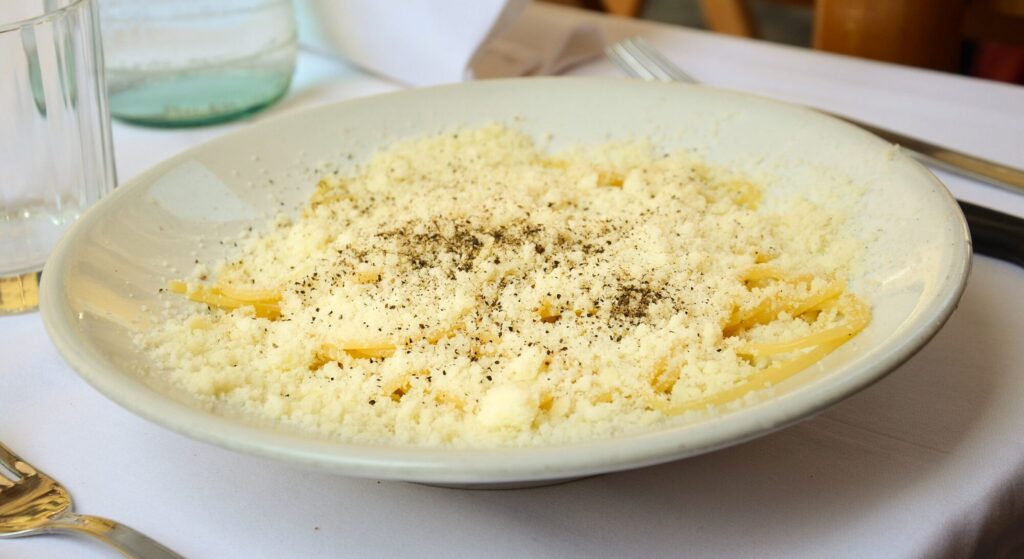
One of the most famous Roman Specialities, Cacio e Pepe, is a very simple dish to make at home, you just need pecorino and black pepper. I mean it sounds really simple, but it’s crazy good. You need to try it at home, just remember that you should keep a little water from the pasta you cooked to make a nice cream out of the shredded pecorino.
Alfredo
I’m pretty sure that if you’re in the US, you know this dish. I mean I personally think that it’s eaten more back home in the US than here in Italy. That doesn’t mean that it isn’t good, I mean I can go for a Fettucine Alfredo any time of the day.
Pajata
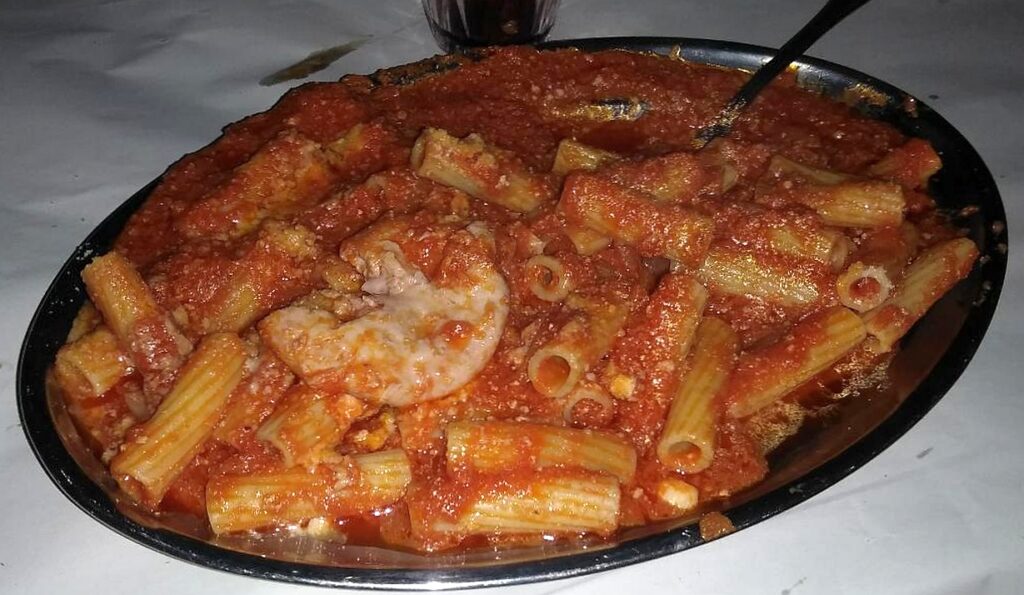
Now, this sauce is for those of you that really want to experience Roman cuisine at its best. If you’re squeamish I wouldn’t advise it, but if you also enjoy good food, don’t think about the next thing I’m going to say. Pajata is a veal’s intestine. A special variety of veal intestine, one that hasn’t eaten any grass. So, they are tres young veals. Not on top of the Veg list at all, but if you aren’t part of a veg crew, try it out.
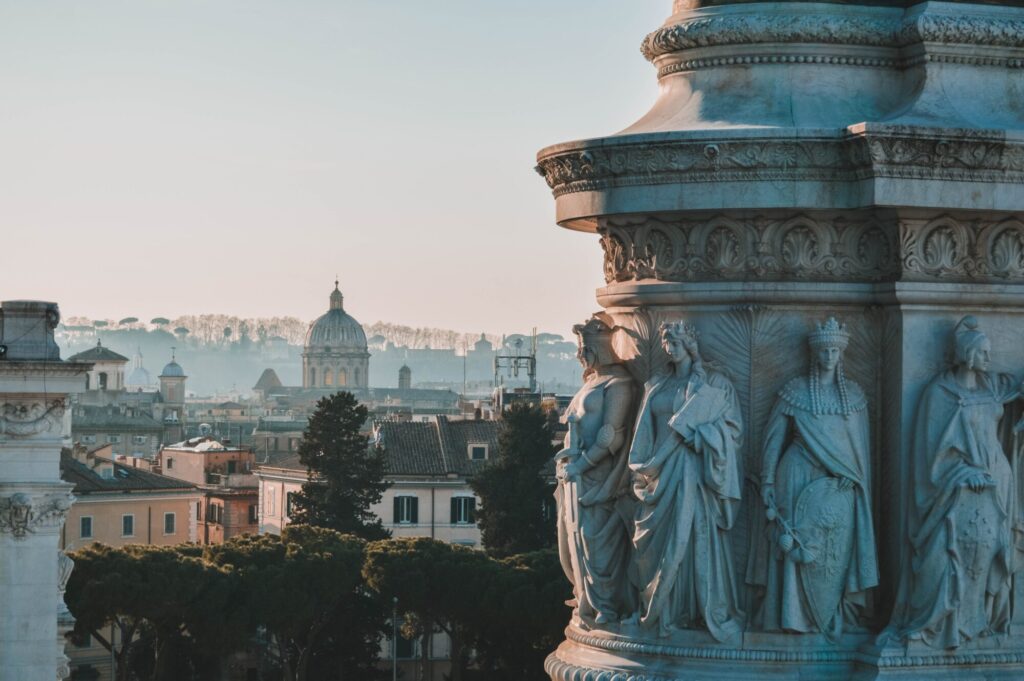
Roman Specialities as entrees and Sides – Secondi Piatti e Contorni Romani
Coda alla Vaccinara
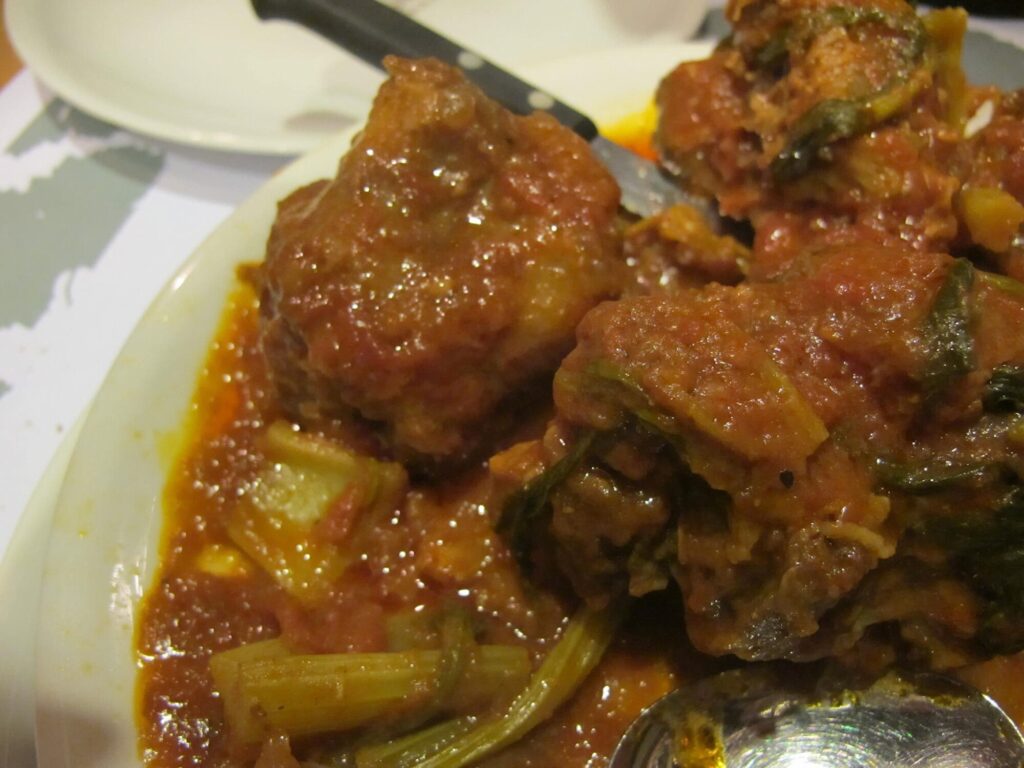
If you like tomato stew cooked meat, the Coda alla Vaccinara is the plate for you. Born in the neighborhood of Regola it was the plate of the Vaccinari (butcher shop workers) that would take home the least desired parts of the bovine in question. At the time the tail, like the intestines, was left in the shop. So the Vaccinari would cook it real nice and make it a Roman specialty.
Trippa alla Romana
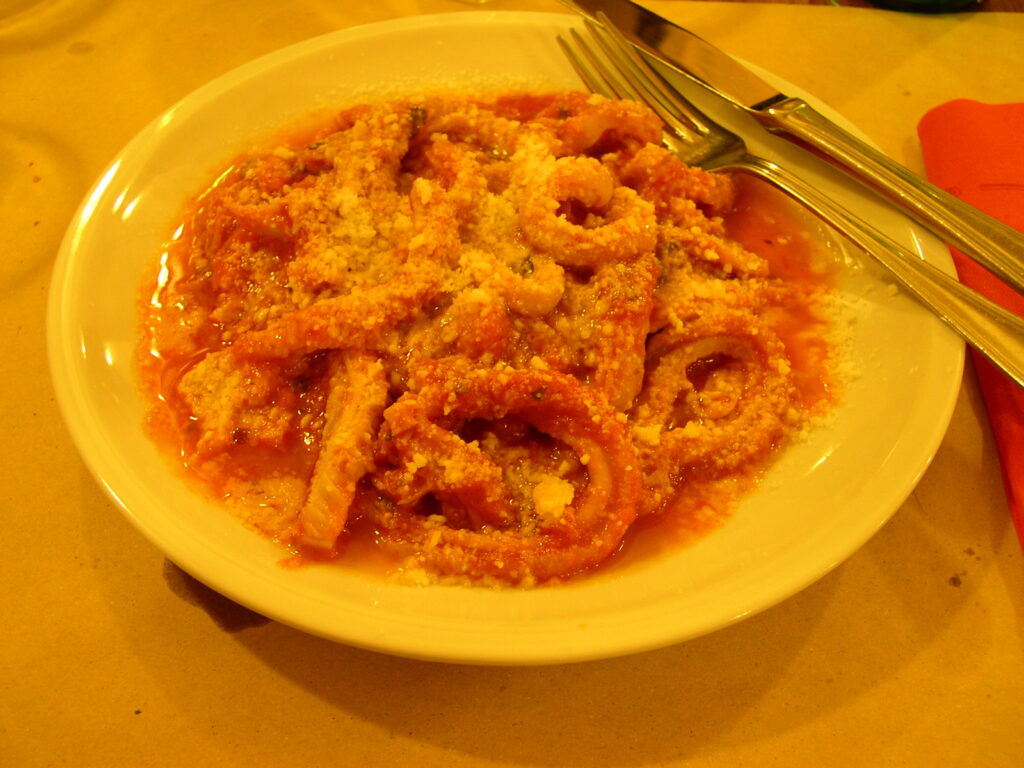
Tripe is another big thing of Roman cuisine, you can’t think about going to Rome and not have tripe. I can say the same thing about Florence, but we’re not talking about that now. Obviously, if you’re veg you might be thinking what in the hell am I going to eat, just wait a bit and Rome has got stuff for you. But now let’s think about Tripe and how good tomato-based stewed tripe can be. Real good.
Abbacchio alla Romana
The last meat dish, I promise. L’abbacchio alla Romana, is one of the best lamb dishes you’ll enjoy. It’s a unique way of cooking Lamb Chops, and they can be very filling. Last time I was in Rome I almost passed out from how many they brought out, but I was a good eater and ate the whole thing. Literally, I was suffering at the end, but it was a good type of suffering. So when you get a chance to eat Abbacchio alla Romana, just order it, cause how can you say no to grilled lamb chops? How?
Carciofi alla Romana
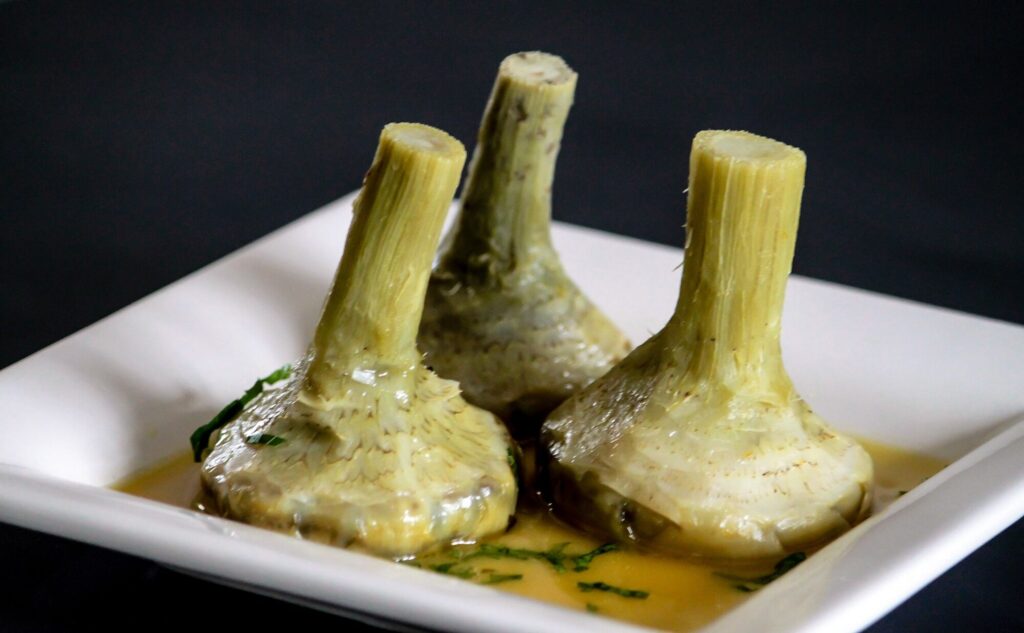
Now as I promised we’re going into some vegetarian/vegan meals, no animal products in this one. The Carciofo alla Romana (Roman artichoke) is a spring delicacy that needs to be eaten in season. I’m sure you’ll be able to find them all year long, but a true Roman restaurant will only serve them in season. I mean this way you’ll actually get to enjoy them at their full potential. The plate is hard to make, but the ingredients are quite simple: lemon juice, parsley, roman mint, garlic, salt, pepper, water, white wine, and oil. The best thing about them is that you can enjoy them hot or room temperature, and they’ll still be amazing.
Carciofi alla Giudìa
Now, as you can imagine artichokes are peak Roman specialities, and why not enjoy them fried as well? That’s where the Carciofii alla Giudìa come about. The first accounts of this plate date back to the 2 century AD. It gets its name from the quarter in which it was born, the Jewish Quarter, thus Giudìa. The most important aspect of this variety of Artichokes is that they are not only freshly picked, but also a special variety that is found between Ladispoli and Civitavecchia outside of Rome.
Vignarola
Another Veg plate for all of you out there so you don’t feel left out. Vignarola is a mix of seasonal veggies that are original to the Roman area. The mixture of onions, artichokes (whaaat?), peas, fave beans, asparagus, and Roman cabbage make for a delightful warm salad type dish.
Pomodori con Riso
Now for something a little more filling, and still veg. Pomodori con Riso is something I never had the chance to try, but if you tell me that I can enjoy oven cooked fresh tomatoes stuffed with rice (that is cooked by the tomato itself), I know I’m going to love it. This as well as a vegan dish to enjoy as the ingredients don’t contain any animal byproducts. I mean who said you can’t enjoy great food without animal intervention?
Roman Specialities for Dessert – Dolci Romani
Maritozzi

Enjoy this sweet breakfast or dessert. You want to tell me that you’re not gonna at least try a brioche bread cut in the middle like a sandwich filled with fresh cream? I don’t believe you. I mean I know I’m already looking for one to enjoy after lunch.
Roman Specialities to Drink and a Roman Digestive
Mulled Wine

People tend to associate Mulled Wine to places in Northern Europe, I understand cause I believed that to be the case up until today. The original recipe of Mulled Wine comes from 2 century AD Rome. And if you never had a nice glass during a winter evening you’re missing out. It’s the original pumpkin spice latte, but with red wine and no coffee or milk.
Frascati
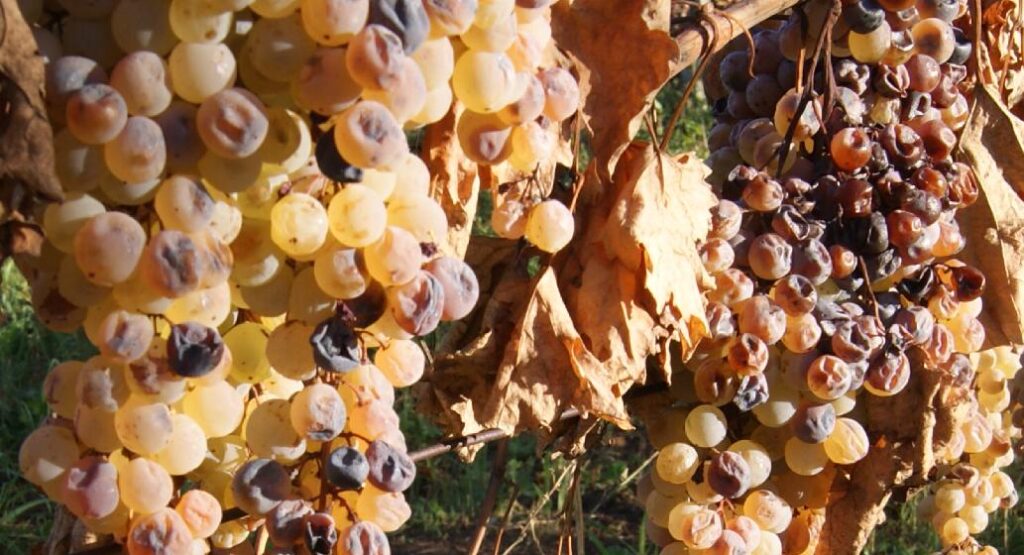
Every region in Italy has its own variety of wine. Rome is especially famous for the Frascati. Made in the region of the Castelli Romani where you can find the city of Frascati where the wine is mainly produced. This white wine has a dry taste, so if you prefer sweet wines it isn’t for you. But if I was you I would give it a try.
Amaro Formidabile

Now, this is something I found on my own while road tripping with my gf. After we ate in a great restaurant in Trastevere, the waiter brought me this bottle as I asked him an Amaro of the area. Formidable in Italian means Amazing, and I have to say there was never a name better given to a product because it is truly formidable indeed. Also, the producer’s last name is Bomba, which makes him the Bomb of Amaro producers. Mister Bomba sure does a Formidabile Amaro.


